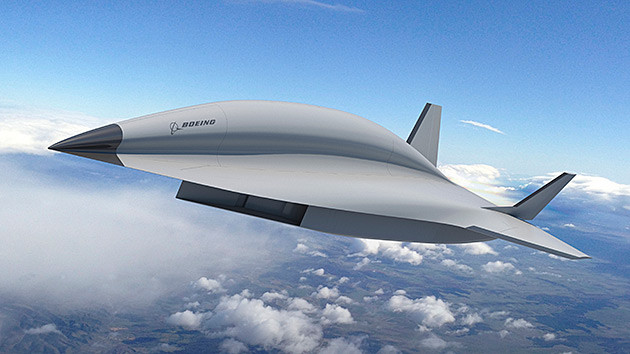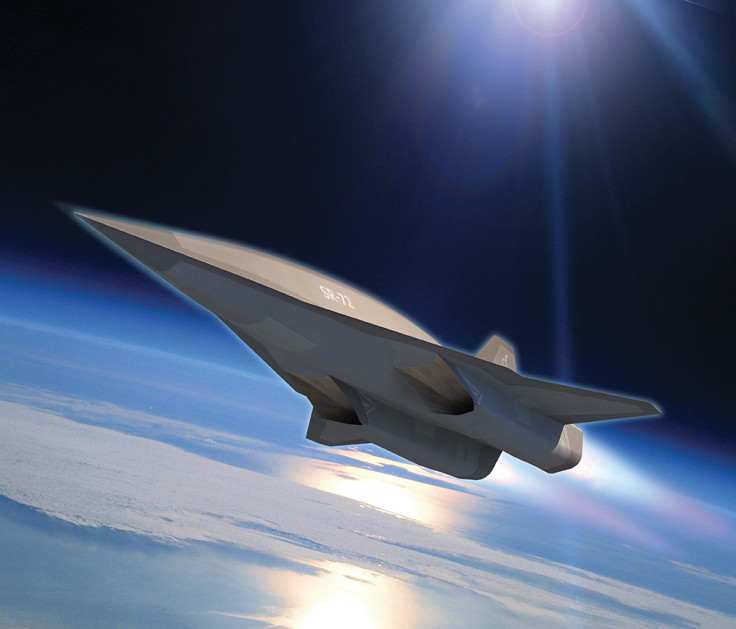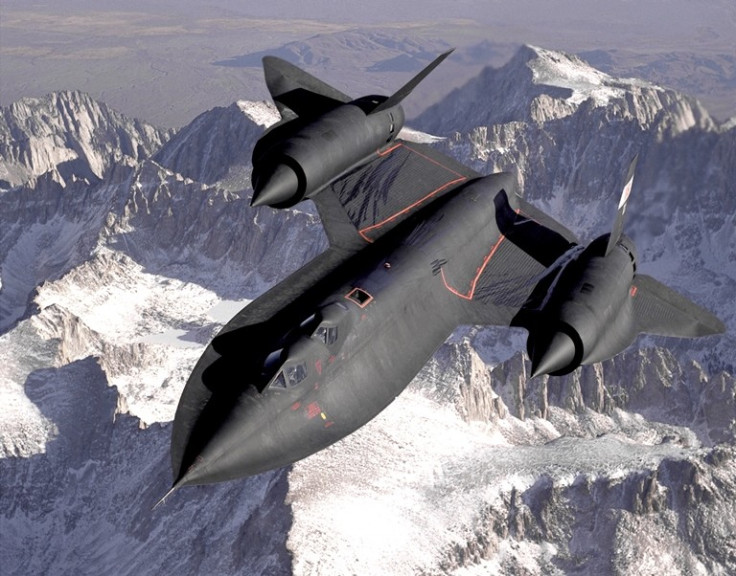This is the SR-71 Blackbird's hypersonic successor designed by Boeing: Everything we know so far
Meanwhile, Lockheed Martin is also busy with the SR-72, their version of the Blackbird heir.

American multinational corporation, Boeing is working on the successor to the Blackbird and if all goes according to plan, it will be a hypersonic, air-breathing, sonic wave-riding aircraft that can reach speeds exceeding Mach5 — five times the speed of sound.
Boeing initially released concept art and revealed some plans they have for the aircraft which might become a reality in the next 10 to 20 years. The company has said that the plane is still in its early design stages and that the "concept shows promise".
"This is one of several concepts and technologies we're studying for a hypersonic aircraft," said Kevin Bowcutt, Senior Technical Fellow of hypersonics in Boeing Research & Technology. "This particular concept is for a military application that would be targeted for an intelligence, surveillance and reconnaissance, or ISR, and strike capabilities."
While Boeing has not mentioned any name so far, it might bear the name Valkyrie II, reports Popular Mechanics (PM), quoting Aviation Week. If it does get approved by the company and goes into serious R&D, it would compete directly with Lockheed Martin's SR-71. Lockheed Martin is also working on the SR-72, a hypersonic aircraft which the company believes is the successor to Blackbird.
Boeing, has, however, not yet greenlit the project, notes the PM report. If they do go ahead with it, they are likely to first build a proof-of-concept model first. It will be a single-engined smaller craft, the size of an F-16.

Valkyrie II and the SR-72 are, however, similar in not just appearance but will also use a combined cycle engine, notes PM.
So how will it work? According to reports, there will be two systems to carry the flight at hypersonic speeds. First, a conventional jet engine will take the aircraft to about Mach3 after which a ramjet or scramjet will propel it to Mach5 and more.
Boeing is working with Orbital ATK in developing the rocket engine, notes PM.
The report also mentions that while the idea is to create a crewed aircraft like the Blackbird, the main intention is to build pilotless drones to replace the SR-71.
The bulging head in the initial designs are also likely to change and evolve over the Valkyrie II's development, notes PM. The image shared by the company is only an estimate, or rather a representational picture of what kind of design they are going for.
The SR-71, known as one of aviation's greatest achievements, went out of service formally by the end of the cold war and was retired in 1990, just before the Soviet Union fell, according to a report by the National Interest. Nasa used the aircraft for a few research missions till 1999, but since, the Blackbird has been relegated to museums. Now, there seems to be a renewed interest in hypersonic flight with companies scrambling to build one within the decade. Even Russia is working on their MiG-41- a hypersonic fighter that is capable of reaching the edge of space.






















